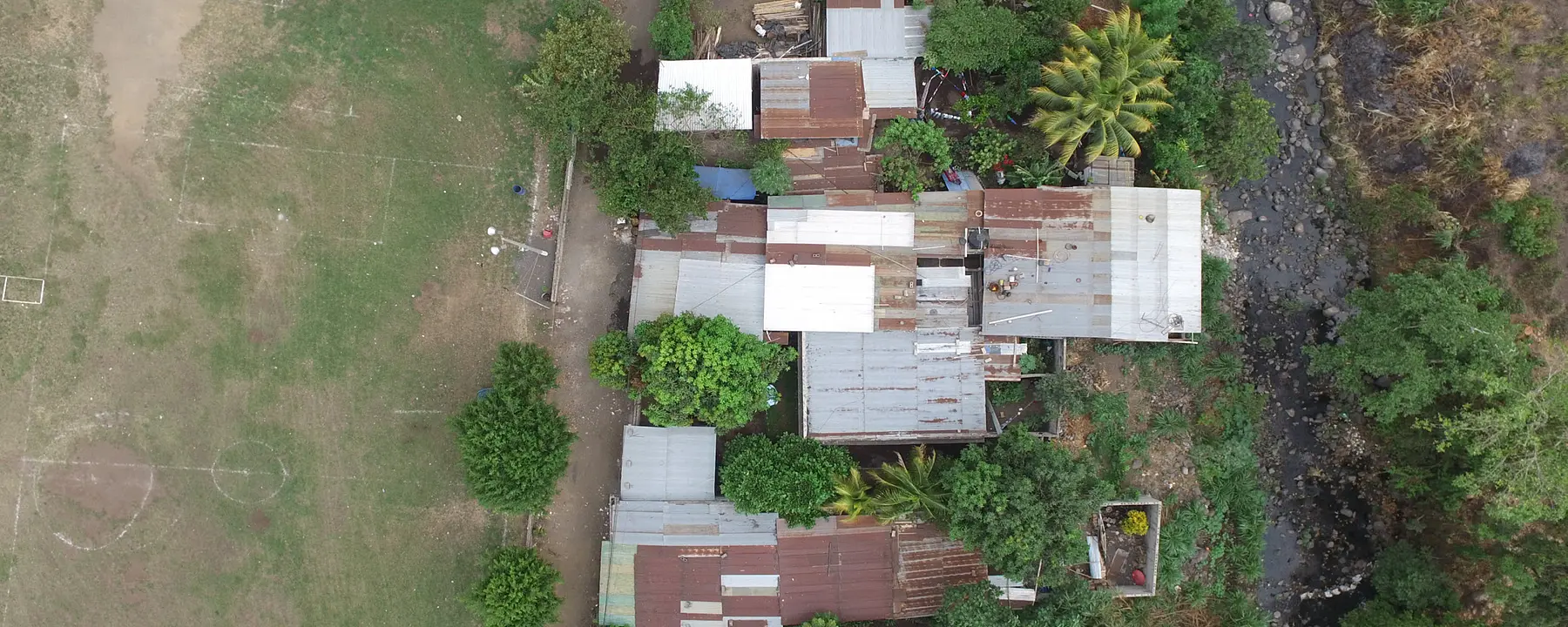Investigating how drones can be used to reduce Zika and dengue virus risk
Bites from the Aedes mosquito are the primary sources of spreading the Zika and dengue viruses among humans. In support of the global need to track and halt the spread of these viruses, RTI is exploring methods for incorporating drone technology into Aedes mosquito surveillance and vector control efforts at five test sites in Guatemala.
Attacking Zika and Dengue at the Source
Vector control, which attempts to limit or eradicate insects that transmit diseases (known as vectors), is a critical tool for preventing the spread of Zika and dengue. Using drones, we are able to collect aerial images that are then analyzed to identify and map breeding sites—such as cisterns, pots and buckets, old tires, flower pots, and unused fountains—that could potentially support Aedes mosquito populations near rural villages.
These images can be aggregated into accurate maps to support targeted application of larvicides (insecticides that specifically target the larval stage of an insect) at these potential breeding sites. The maps can also be used in communication materials to demonstrate the specific risk conditions for a given village.
Because drone technology is new and potentially unfamiliar to affected communities, we are also partnering with Universidad del Valle de Guatemala to monitor public perceptions at test sites and collaborate with public health practitioners to disseminate the findings to rural Guatemalan populations.
Rapidly developing and implementing drone solutions to Zika and dengue is critical. Our research is helping establish new protocols for translating scientific specifications into practical flight and sensor requirements. We are also using the test sites to
- Develop prototypes
- Conduct proof-of-concept testing of drone models
- Field-test drones under operational conditions
- Demonstrate solutions.
Additionally, we are working with health authorities, local universities, and drone manufacturers to enhance capacity, engage local populations, coordinate with aviation authorities, and ensure that the solutions are appropriate, ethical, safe, and effective. We are also sharing maps generated during this project with regional public health workers for use in other health outreach activities in Guatemala.
Informing Future Drone Applications for Malaria Vector Control
In addition to fighting the spread of Zika and dengue viruses, the process we are honing to locate breeding sites for the Aedes mosquito can assist with future efforts to identify high-risk areas for the Anopheles mosquito, which carries malaria. Our goal is to apply our experiences in Guatemala to support malaria eradication efforts in other high-risk countries in Latin America, Africa, and throughout the world.
- RTI Funded
